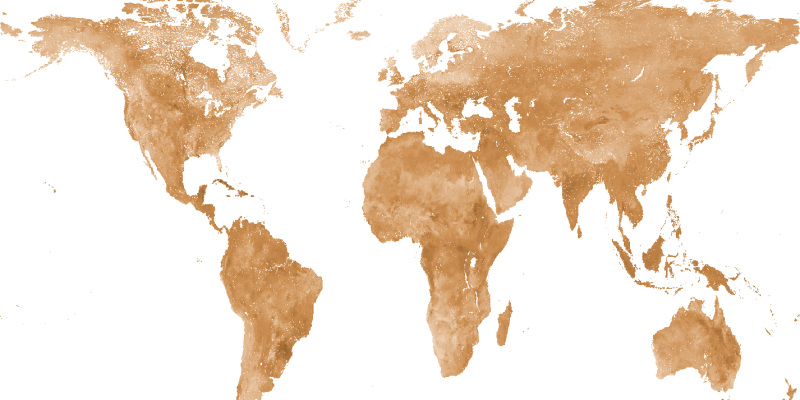Healthy soils provide important ecosystem services at the local, landscape and global level and are crucial for well-functioning terrestrial ecosystems. In order to study pressing global issues like soil erosion, climate change, food and water security as well as biodiversity preservation, the international modelling community require quality-assessed information on world soil resources at a resolution commensurate with their needs.
In response to this demand, in 2020 ISRIC published maps of soil properties for the entire globe at medium spatial resolution, SoilGrids250m 2.0. Now, to better serve the Land and Earth System Modelling community that typically works at coarser resolution than 250 meters (m), ISRIC released an aggregated SoilGrids product at resolutions of 1000 m and 5000 m. The mean predictions were aggregated at the corresponding coarser resolution. We are working to produce modelling uncertainty at coarser resolution as well. We created coarser products for the primary properties available in Soilgrids250m, namely: pH in water, texture fractions, coarse fragments, bulk density, total nitrogen, organic carbon concentration, cation exchange capacity and water retention at three pressure heads (10, 33 and 1500 kPa).

